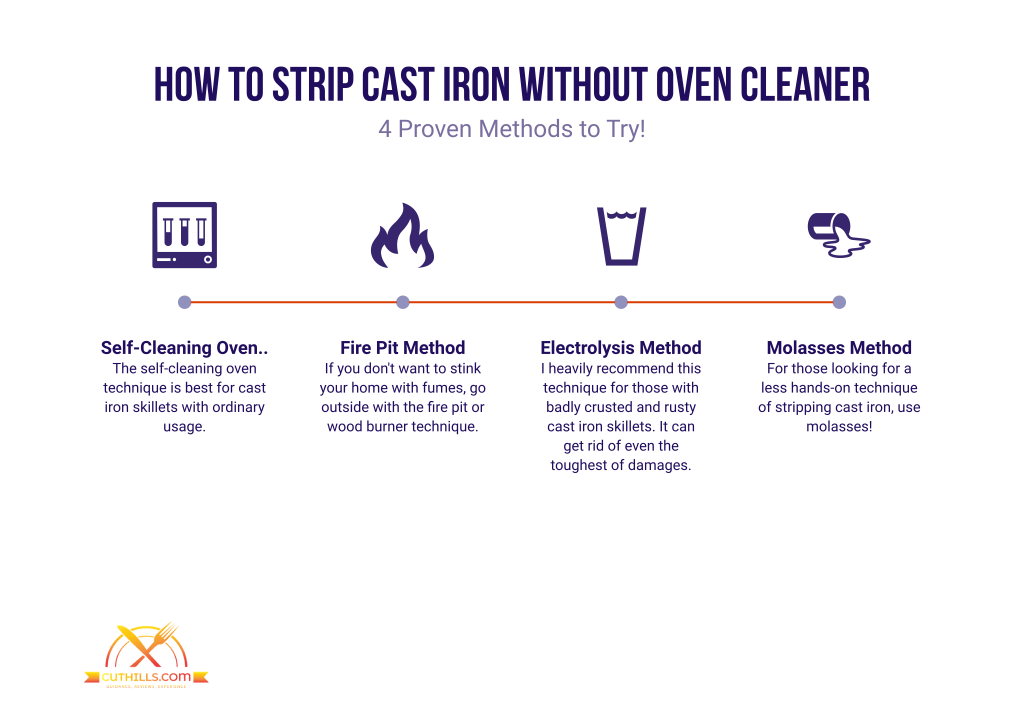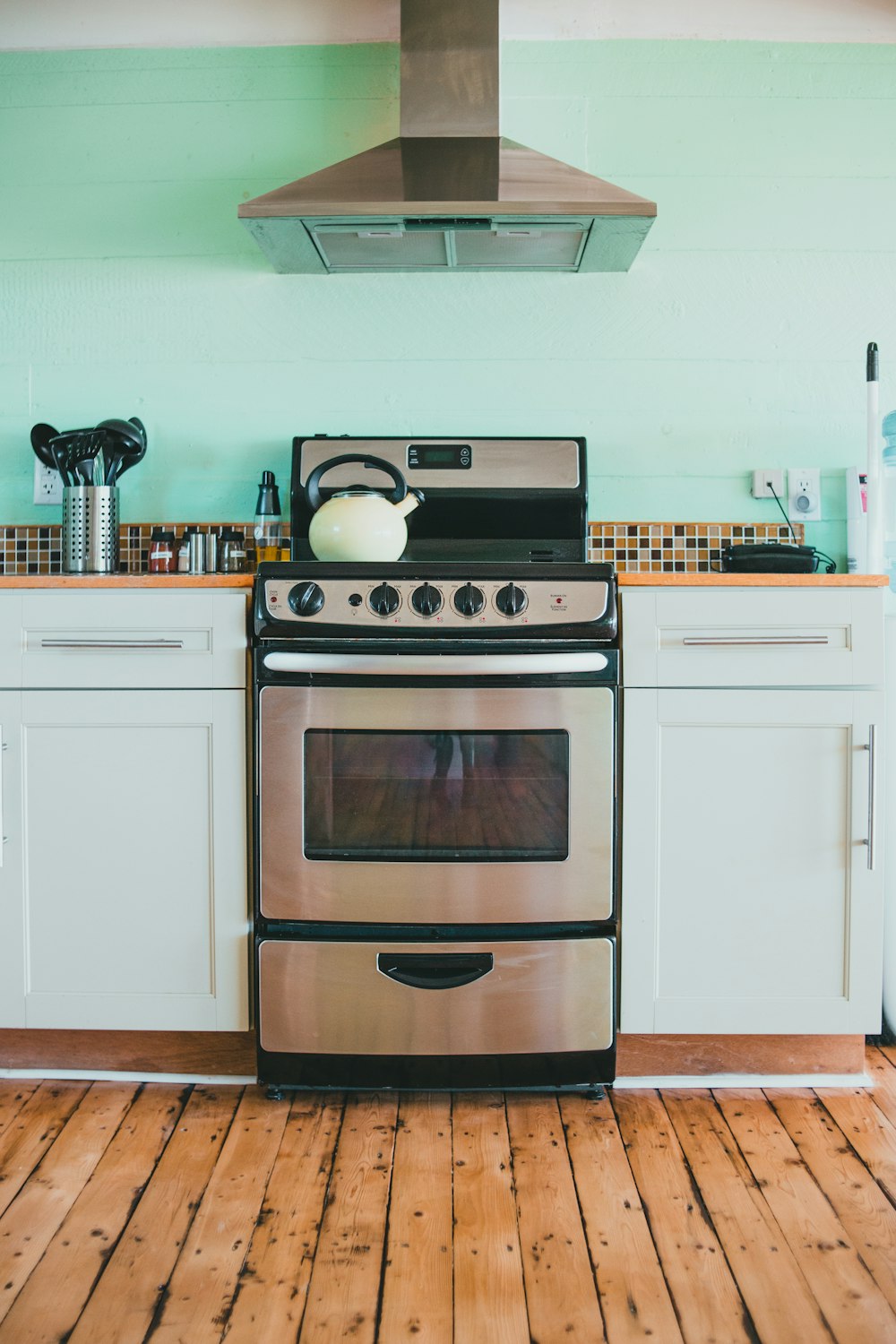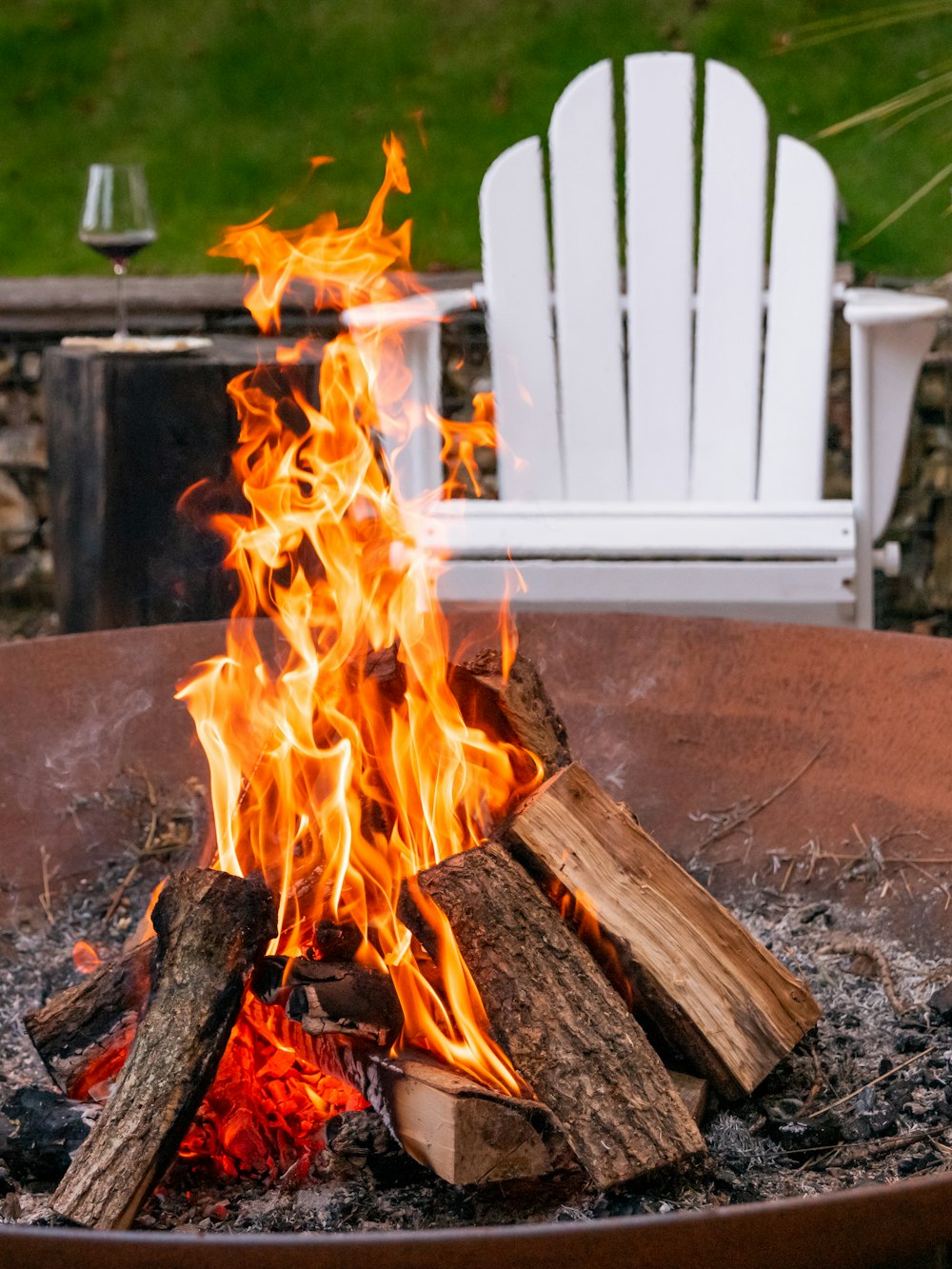Is your cast iron looking a little crusty? Regardless of the reason, if you notice your skillet looking a bit funky, it’s time to strip—and re-season it! But the bad news is, you don’t have an oven cleaner at home. So, how to strip cast iron without oven cleaner?
With proper care, your cast iron skillet can last you for years. And the good news is, you don’t need an oven cleaner to keep it in its best condition! Below I discuss the best and most efficient ones. See which method helps you begin with a clean slate.
How to Strip Cast Iron Without Oven Cleaner – 4 Proven Methods!
Using an oven cleaner might be the easiest way to make your cast iron look less crusty. But this isn’t always accessible. Luckily, there are many ways to remove the seasoning off a cast iron.
To make your search easier, here are my four proven and easy ways to strip cast iron without oven cleaner:

♨️Self-Cleaning Oven Method

Keep in mind that a self-cleaning oven is different from an oven cleaner. So, yes, that means you can do this with your regular oven at home!
When I refer to self-cleaning ovens, I’m talking about the type that can heat up to very high temperatures. Your oven should be able to produce high levels of heat that can turn food into ash.
The best thing about using your existing oven to strip your cast iron is that it lets you do two things simultaneously. It allows you to recover your skillet and clean your oven simultaneously!
That’s why I heavily recommend trying this technique first.
Here’s how you can do this cast iron stripping technique yourself:
- Double-check the skillet. Ensure your cast iron skillet is free from damage, including cracks, holes, and scrapes. I’m afraid it’s too late to restore the kitchen tool if you find one. Otherwise, continue to the next step if you don’t see any.
- Ventilate your kitchen. It’s best to strip your skillet via the self-cleaning method during warm days. It allows you to open your windows, keeping you and your home safe from fumes.
- Wash the skillet. After ensuring your kitchen is well-ventilated, wash your skillet as you usually do.
- Prepare your oven. Check your oven’s manufacturer’s instructions. For instance, I had to take out my racks before placing my oven in the self-cleaning cycle.
- Put the kitchen tool in the oven. I recommend placing your skillet upside down for the best results. This way, you can be confident that only a bit of metal is making contact with your oven.
- Place the oven in the self-cleaning cycle. Please wait for it to finish. Remember that the time varies per manufacturer.
- Let the skillet cool down. After the cycle, allow your cast iron to cool and wipe off any ash.
At this point, your cast iron is now ready for seasoning. If you don’t want to season it, you can use the skillet as it is. However, this can make food stick to your cast iron, making it difficult to clean.
Either way, this should make your skillet fully stripped—and clean.
I suggest doing this if your cast iron skillet has undergone ordinary usage. And I don’t recommend using this technique if your skillet is extremely crusty or rusty. That’s because it lets your self-cleaning oven exhaust many fumes, which can be dangerous.
So, if you’re looking to strip an old cast iron, check out the methods below instead. Otherwise, stick to this technique if you’re dealing with a newer skillet.
🔥Fire Pit or Wood Burner Method

If you don’t have an oven or yours doesn’t have a self-cleaning cycle, don’t fret! After all, you can always strip your cast iron the old-fashioned way—with fire. You can do this using a makeshift fire pit or a wood burner.
Aside from that, this is the most efficient way of restoring an extremely rusty or old cast iron. After all, it involves fire, tons of it!
Here’s how you can do this cast iron stripping technique in your backyard or garden:
- Light the fire. If you don’t have a wood burner, you can build a campfire made of wood or coal. Otherwise, put some logs in your wood burner to start.
- Bury your cast iron skillet. Place your cast iron in the ash after the flames calm down.
- Let it sit out. Allow the skillet to cook overnight for the best results.
- Take it out, and wash. After 24 hours, remove the cast iron from the ash and wash it thoroughly. If needed, scrub the skillet with a ball of steel wool or abrasive sponge to remove carbon debris.
Also, I recommend doing this technique if you don’t want to stink out your home with fumes. After all, this method requires a broad and open space!
⚡Electrolysis Method

A simple yet complex way of stripping a cast iron skillet is via electrolysis. This technique is yet another massive recommendation for old, crusty, and rusty cast iron.
After all, this method only requires a few things: a tub, a car battery, and scrap metal. And the best part about this is, it’s easier to do than you think!
The way this works is that your scrap metal works as an anode. And this means that it attracts all the debris, like rust, from your skillet. It slowly picks off the unwanted particles, completely stripping your cast iron.
But the downside of this technique is that it takes a while to complete, especially if you’re dealing with a rusty or old skillet. So, if you’re in a hurry, I suggest trying the other techniques mentioned. Otherwise, this should be a great way to restore cast iron as it’s extensive.
Here’s how you can strip cast iron with electrolysis:
- Prepare the tub. Add ten gallons of water to your tub and ten tablespoons of washing soda crystals.
- Mix thoroughly. After adding the two key ingredients, mix the two until they’ve blended perfectly.
- Put the skillet in the tub. Any part of the tub will do. Just make sure it’s submerged well.
- Prepare your anode. Attach the negative clip from your battery charger to the pan and the positive one to your scrap metal.
- Let it sit out. Turn the battery’s power on and let it run between 12 to 24 hours, depending on how severely damaged your skillet is.
- Clean the skillet. After the allotted time, remove your skillet and scrub off the rust. And you’re done!
If you notice there’s still some rust or debris left on the skillet, don’t worry. After all, you can repeat the process as many times you want, which won’t damage your cast iron.
🍬 Molasses Method

Finally, use molasses if you’re looking for a hassle-free and less hands-on way on how to strip cast iron without oven cleaner. This technique is popular in restoring iron machine parts as it’s incredibly efficient. And it works surprisingly well with cast iron skillet too.
The molasses method can remove rust to the deepest castings when done right. In other words, this technique can help you strip your cast iron skillet through—and through! And the best part is, it’s incredibly labor un-intensive.
So, this method is for you whether you don’t have time to do manual stripping or are too lazy for it!
The best molasses soak formula for cast iron consists of a 10% solution of molasses and water. For instance, you’ll need one part of molasses for nine parts of water. Either way, use molasses from animal feed supplements as they’re more effective.
After obtaining your solution, it’s time for you to prepare the soak and let it do all the work. Here’s how you can strip your cast iron skillet with it:
- Place the molasses solution in a large container. Make sure to put the container where it can sit out undisturbed. After all, the slightest movement can cause damage. Either way, ensure the skillet is submerged in the solution.
- Put the container outside. Molasses work best under warm temperatures, so putting the container outdoors is best. But make sure it’s shut tight!
- Periodically check the container. Since this will take around 2 to 4 weeks to complete, check the container regularly. Make sure it has no leaks to avoid damage.
- Clean off the remaining molasses. After the allotted time, your cast iron should be stripped entirely. If so, scrub off the remaining molasses scum with hot water.
Remember that molasses can take anywhere between 2 to 4 weeks to remove rust. And as mentioned earlier, movement can damage your skillet. So, I recommend submerging your skillet in an upright position. It prevents the accidental release of trapped gas that may cause splashing.
With this, your molasses should ferment without issue, completely stripping off your skillet.
Cast Iron Care: Additional Tips
As I mentioned earlier, cleaning and seasoning a cast iron skillet is essential. Otherwise known as stripping, it helps prolong your skillet’s lifespan. But besides this, there are other things you can do to help you master cast iron care in no time. Here are a few of my proven tips to help you care for your cast iron skillet at home:
- Avoid steel wool and other abrasives. When cleaning a cast iron skillet, always use a gentle scrub or plastic pan scraper. This way, you shouldn’t have to worry about stripping and re-seasoning it repeatedly.
- Embrace the salt + oil combo. Scrub with salt and oil if you’re dealing with really stuck debris on your skillet. I recommend using a paper towel for scrubbing.
- Store your skillet when not in use. Never place cast iron outside as it exposes it to the air, speeding up the rusting process.
- Never soak your cast iron when washing. It speeds up the rusting process, not to mention it weakens the entire tool.
Frequently Asked Questions
Q: Do I really need to strip my cast iron skillet?
A: Although cast iron skillets are famous for being sturdy, you still need to maintain them. It would be best to touch upon their seasoning once in a while, so stripping your skillet is ideal. So if you see your skillet becoming rusty, offer it an overhaul by stripping and re-seasoning it!
Q: What is the best way to strip a cast iron?
A: The most efficient way of stripping a cast iron skillet is by using an oven cleaner. It does the job fast, hands-free, and thoroughly! Put the skillet in the oven, set it upside down on the middle, and run self-cleaning to strip yours. Let the skillet cool down and finish by washing it with hot, soapy water. Scrub any remaining debris with an abrasive sponge or steel wool if needed.
Q: Can I use baking soda to strip my cast iron skillet?
A: Using baking soda is one of the cheapest and most effective ways of stripping a cast iron skillet. You must place the skillet in a pot with boiling water and sprinkle a few pinches of baking soda. Let the skillet soak overnight, and it should be good as new!
Q: How to remove paint from cast iron skillets?
A: The best way to remove paint from your cast iron skillet is by burning it with fire. After this, wash the skillet with vinegar and water to clean and re-season it. Also, keep in mind to never use cast iron while the paint is on it as it can be harmful.
Q: Can vinegar remove the seasoning from a cast iron?
A: Vinegar can help you remove the seasoning and strip a cast iron skillet completely. However, it would be best to be careful in handling it as it’s acidic and can cause damage to the skillet. I recommend paying close attention when soaking your skillet in the vinegar solution. And never leave it soaked for too long!
Final Words
How to strip cast iron without oven cleaner? You don’t need an oven cleaner to make your skillet good as new. And the methods mentioned can help you start with a clean slate regardless of your skillet! So even though it can be challenging to see which one works best for you, I swear by the techniques above.
So, what are you waiting for? Strip your cast iron today for a cleaner and more extended partnership!
